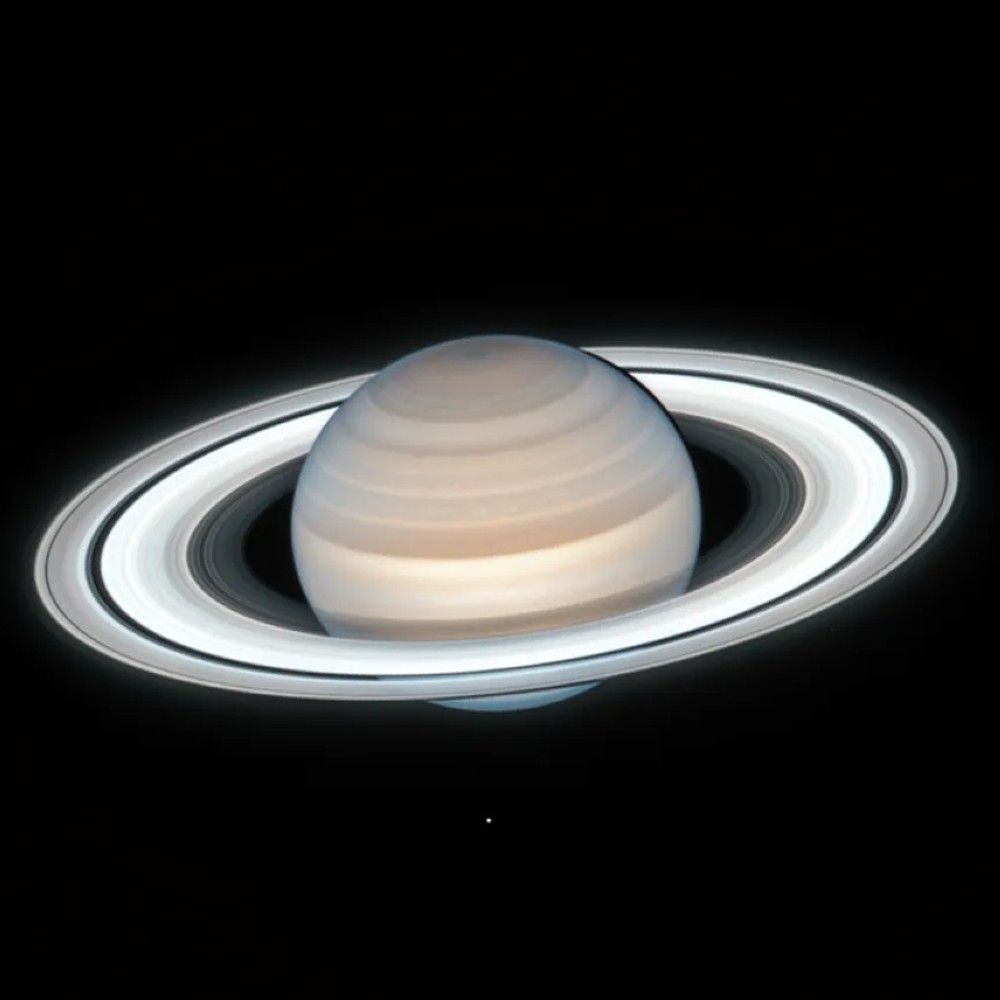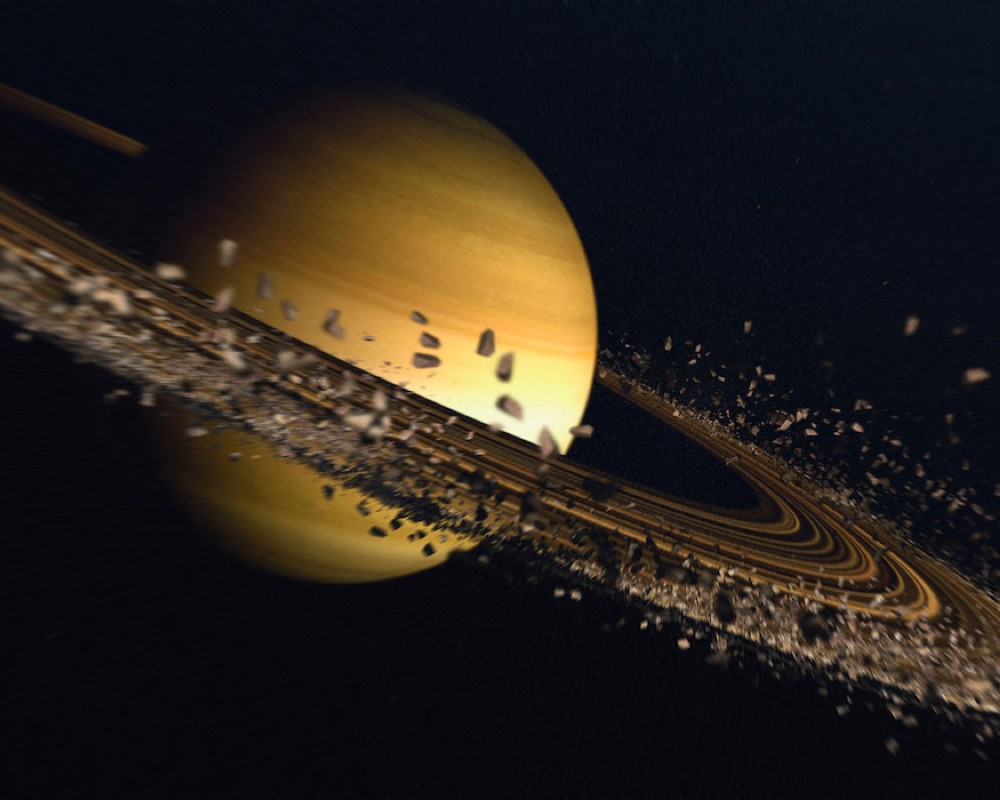
The rings of Saturn are an iconic and integral part of the planet’s image. However, recent evidence suggests that the rings didn’t originally adorn the planet. Astronomers have presented compelling findings indicating that the rings are relatively young, formed no more than 400 million years ago. Saturn is approximately 4.5 billion years old, making the rings a relatively recent addition in cosmic terms.
The Study

The researchers determined the age of the rings of Saturn through an innovative method utilizing data from the Cassini mission, specifically by measuring the amount of accumulated dust. Dust particles are ubiquitous in the Solar System and often accumulate on various celestial bodies, including asteroids, planets, and moons. Similarly, the ice fragments comprising Saturn’s rings also gather dust. Analysis of the Cassini data led the research team to conclude that Saturn’s rings have been collecting dust for a few hundred million years. Primarily composed of 98% pure water ice, the rings are surprisingly pristine, suggesting that they are not ancient formations. A recent study published in Science Advances detailed these findings.
The Rings
Lead author Sascha Kempf from the University of Colorado Boulder compared the rings of Saturn to a clean carpet, emphasizing the inevitability of dust settling on it over time. The team’s calculations indicate that the rings should accumulate approximately 1gm of space dust per square foot each year. Considering the vast expanse of the brightest rings, spanning from 43,500 to 87,000 miles (70,000 to 140,000 kilometers) and equivalent to an area of 30 Earths, an estimated 166 billion tons of dust land on them annually. This remarkable figure highlights the insignificance of the dust in relation to the rings’ overall mass, yet they continue to radiate their captivating brilliance. While this research has provided insights into the rings’ age, the question of their formation still presents a captivating mystery for scientists to unravel.